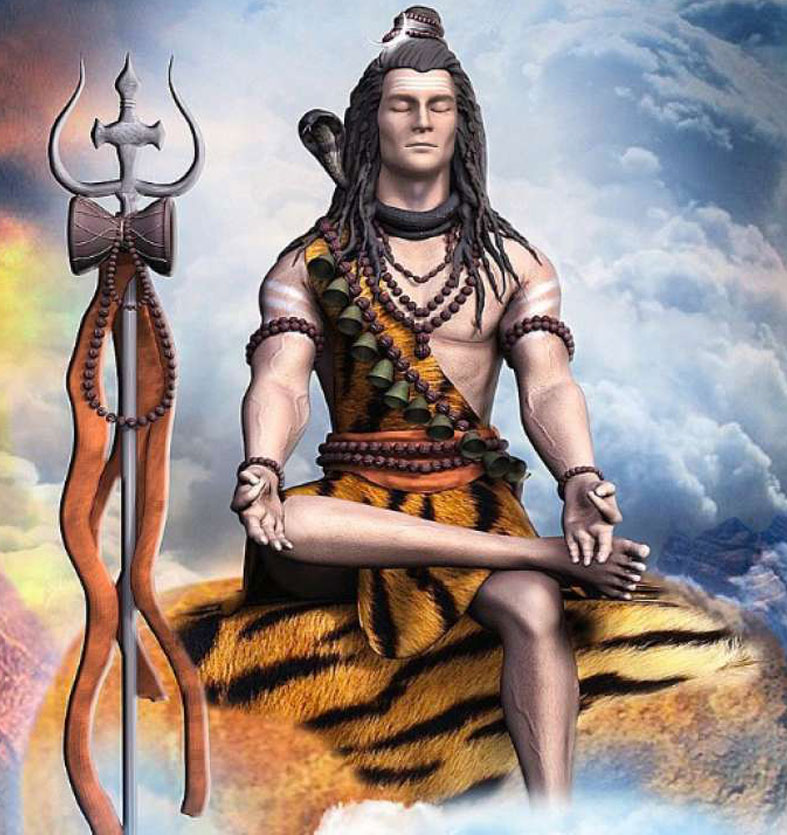
Maha Shivaratri is a Hindu festival dedicated to Lord Shiva, and it is celebrated annually in late winter or early spring. The festival falls on the 14th night of the dark fortnight of the Hindu month of Phalguna, which corresponds to February or March in the Gregorian calendar.
The Maha Shivaratri puja or worship involves several rituals and customs that are performed by devotees to seek blessings from Lord Shiva. Here are some of the essential steps of the puja:
The Maha Shivaratri puja is a significant event for devotees of Lord Shiva, who believe that performing the puja with devotion and sincerity can remove obstacles in life and grant spiritual upliftment.
Note: Pandit ji has celestial instincts, keeping this in mind while booking the puja, note that no refund of any kind will be given after the puja is booked.
This fixed dakshina for all puja bookings is valid only in Varanasi. Dakshina will increase for puja bookings in other cities.